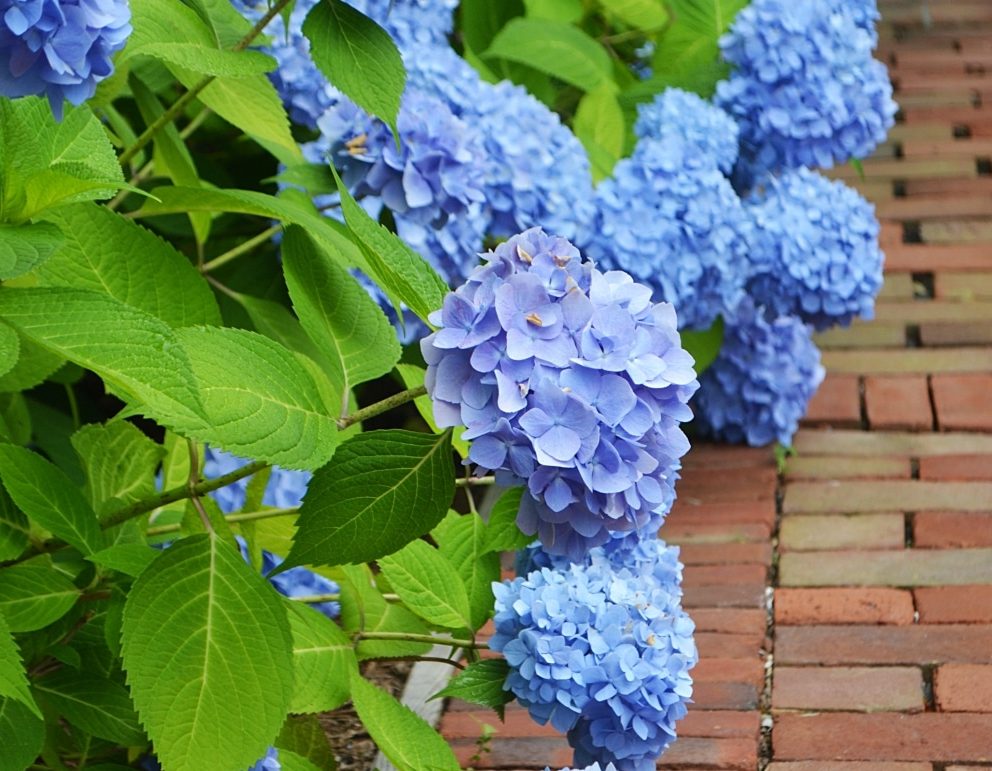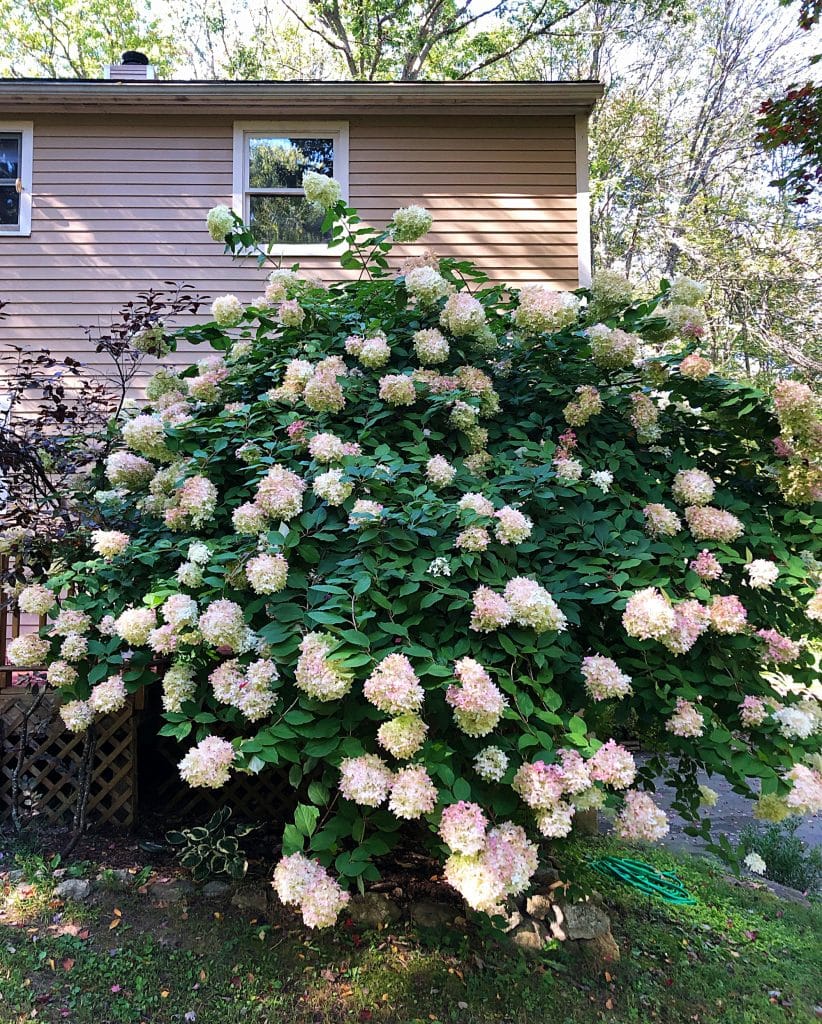6 New England Hydrangea Varieties – And How to Prune Them
Not all New England hydrangea varieties are created equal, but there’s one thing they have in common – beautiful summer blooms!

Bigleaf hydrangea on Cape Cod.
Photo Credit : Aimee TuckerIt’s hard to picture the New England coastline in summer without the lush and colorful addition of hydrangea blooms. If you’re looking to add hydrangea to your yarn or garden this year, here are six perennial varieties that have the ability to thrive in the cranky New England environment, and how to prune them based on whether or not they form buds on new or old wood. To learn more about which choices will do best in your zone, visit a reputable local nursery or garden center for more advice, and once you’ve chosen your plants, don’t miss our post on Hydrangea Planting and Maintenance Tips.
6 Notable New England Hydrangea Varieties
Bigleaf (Hydrangea macrophylla)
From flat lacecap to rounded mophead, these beloved hydrangea varieties are the stuff of coastal postcard perfection. Blooms are most often blue and purple, but pink and white (and even red!) can be found. Next summer’s buds are formed this fall, so a rough winter or aggressive prune could leave you without flowers. Prune in the spring when hard frosts are over. Newer varieties, like Endless Summer, bloom on both new and old wood, making them a better choice for the unpredictable New England weather.
Mountain (Hydrangea serrata)
A lacecap variety that is cold-resistant, which is helpful, since it blooms on old wood. So step away from the pruning shears until you’re sure you’re ready!

Photo Credit : Aimee Tucker
Panicle/Hardy (Hydrangea paniculata)
With sizes ranging from shrub to tree, panicle hydrangeas have large cone-shaped flowers that put on a glorious show of changing color from late summer to late fall. Light green buds turn into flowers that are first tinged with green, then solid creamy white, then with deepening rose and mauve tints as the season ends. Because they bloom on new wood, they are a reliable source of big, beautiful blossoms.
Smooth (Hydrangea arborescens)
Blooming on new wood, this winter-hearty variety of hydrangea is a safer alternative to bigleaf/mophead varieties, while retaining the classic hydrangea shape and style.

Photo Credit : Aimee Tucker
Oakleaf (Hydrangea quercifolia)
The leaves on this hydrangea resemble (you guessed it) oak leaves, and they go from green to dark red as the season progresses. Its white blooms also deepen to pink and mauve in the fall. Like panicle hydrangea, it blooms on new wood, making it easy to care for.
Climbing (Hydrangea petiolaris)
As the name implies, this hydrangea is a climber. Be patient while it gets established, and then get ready to watch it move. The white lacecap flowers have a lovely fragrance.
Aimee Tucker
Aimee Tucker is Yankee Magazine’s Home Editor and the Senior Digital Editor of NewEngland.com. A lifelong New Englander and Yankee contributor since 2010, Aimee has written columns devoted to history, foliage, retro food, and architecture, and regularly shares her experiences in New England travel, home, and gardening. Her most memorable Yankee experiences to date include meeting Stephen King, singing along to a James Taylor Fourth of July concert at Tanglewood, and taking to the skies in the Hood blimp for an open-air tour of the Massachusetts coastline.
More by Aimee Tucker

